Last updated: May 27, 2020
Article
Multi-subject Photo Prompts
Inspire learning with photographs from Big Bend National Park. Each photograph has links to related articles and suggested prompts for writing, science, art, math, and history.
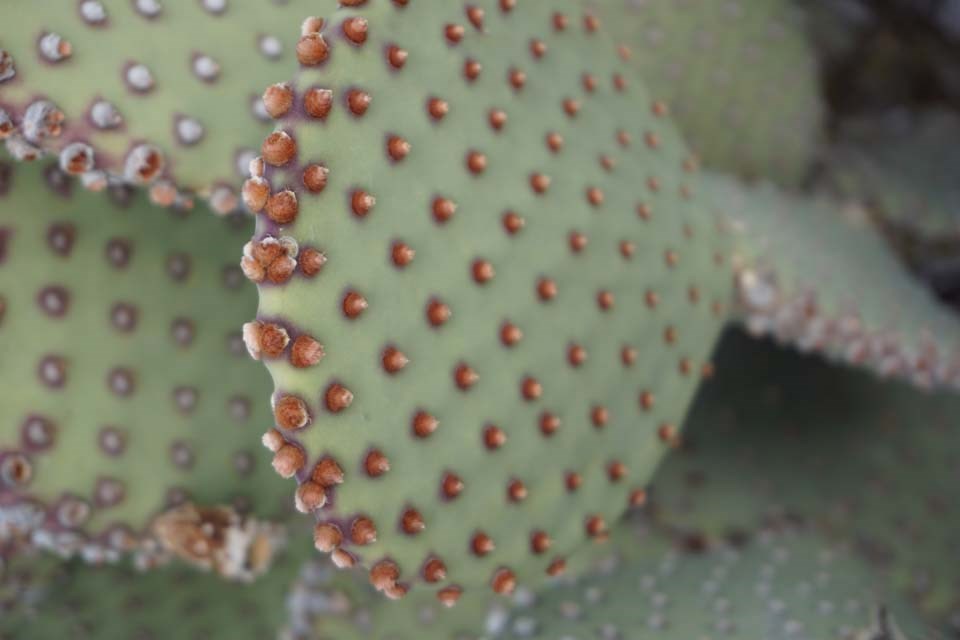
NPS/J. Swab
This is a blind prickly pear cactus. While it may look soft, it is full of small glochids which are sharp and unpleasant to the touch.
Read more: Cacti
- Writing: Write a story involving two people encountering this cactus. One who knows the dangers of the plant and one who does not.
- Science: What defense mechanism does this plant have and what advantages will that give this plant in the desert?
- Art: Draw a picture depicting the friendliness of this cactus.
- Math: What pattern do you see on this cactus?
- History: What do you think early Native Americans did with prickly pear cactus?
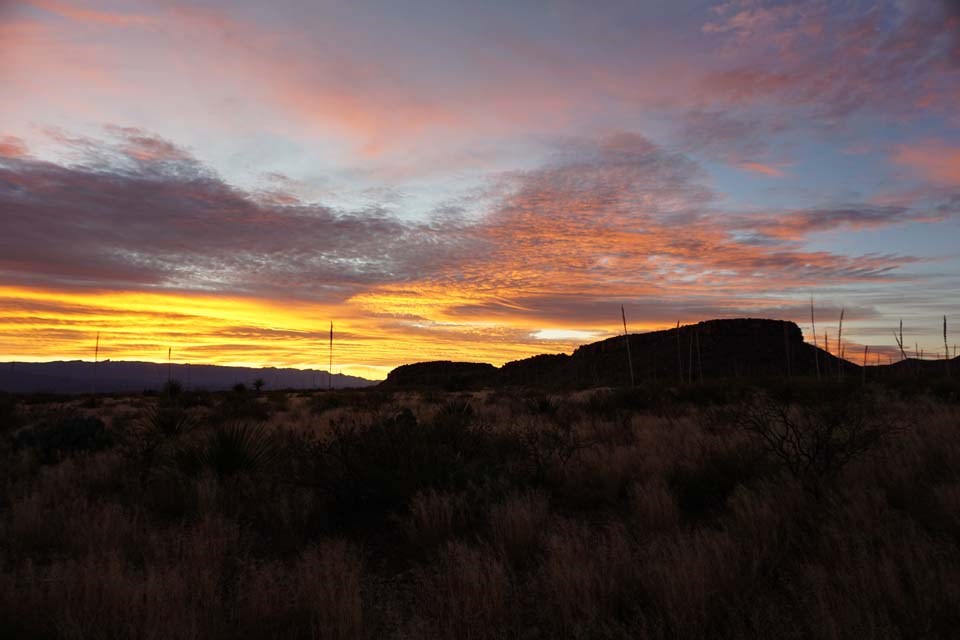
NPS/J. Swab
A sunrise in the desert!
Read more: History & Culture
- Writing: Use your senses and record details about a time in which you sat and enjoyed a sunrise. What did you see? Did you hear anything? What smells were present? Did you share the experience with anyone? Create a vivid description of the event.
- Science: What type of clouds are in this photograph? What weather pattern might that indicate?
- Art: Create a fictional sunset with wild and crazy colors.
- Math: Big Bend is 802,000 square acres with wide open skies. Convert that into miles, feet or meters. How big is the park?
- History: List who in the past might have seen sunrises at Big Bend. In what ways would their experience be similar or different from ours?
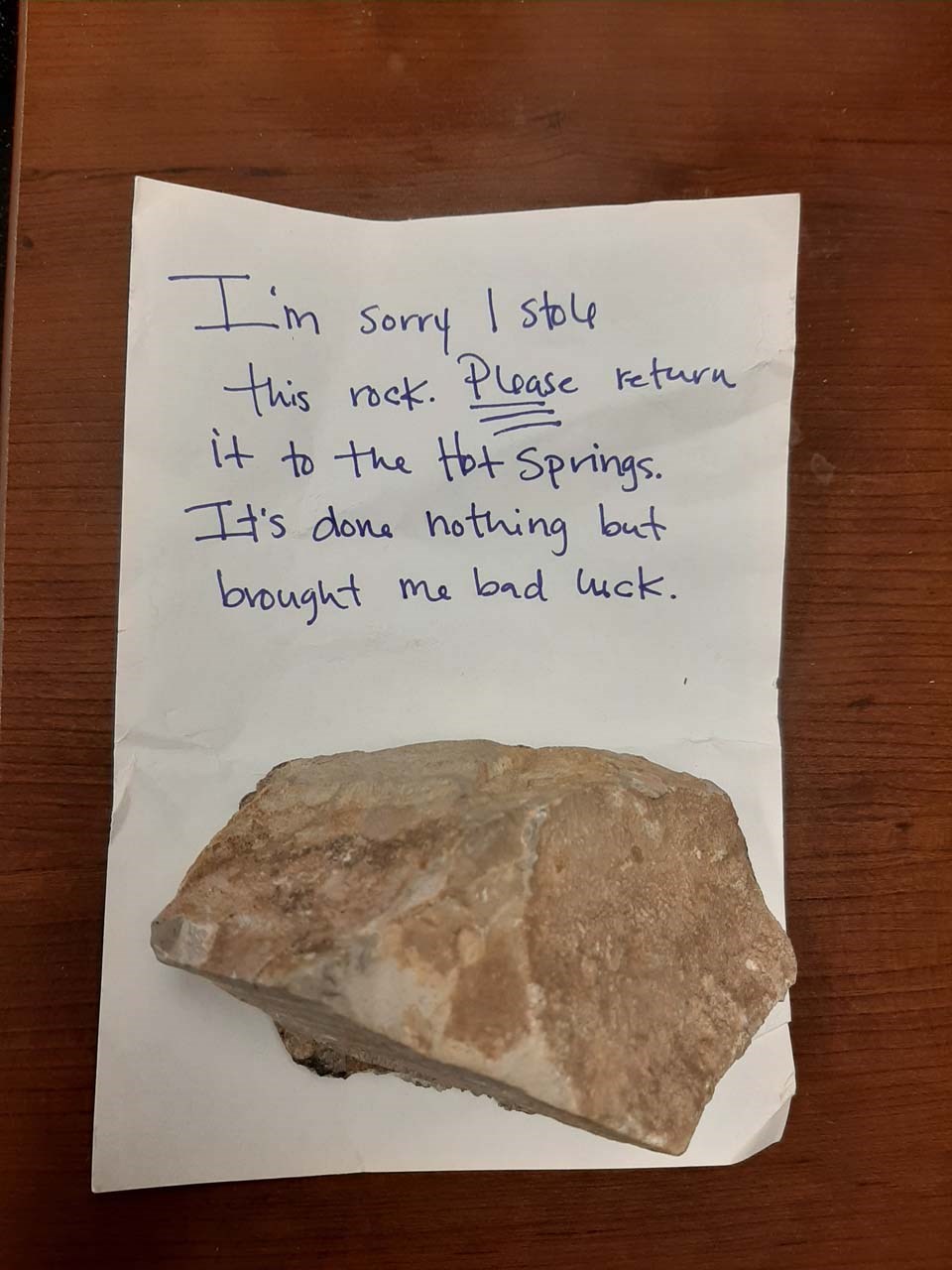
NPS/J. Swab
Someone mailed this rock to Big Bend National Park. They took it from a historic site in the park. National parks are places where rocks, flowers, and other items are supposed to be left for others to enjoy.
Read more: Hot Springs Historic District
- Writing: Write a backstory for this rock. What happened that was so bad that the person was inspired to mail it back to the place they took it from?
- Science: What kind of rock is this?
- Art: Create a comic about the story of this rock.
- Math: The visitor took the rock from a hot spring. Hot springs were supposed to cure ailments if you soaked in them each day for 21 days. If you were to spend an hour a day in a hot spring for that many days how many minutes of your life would you be in for a soak?
- History: Read about the history of the Hot Springs Historic District at Big Bend. Come up with three questions you would ask someone who once lived there.
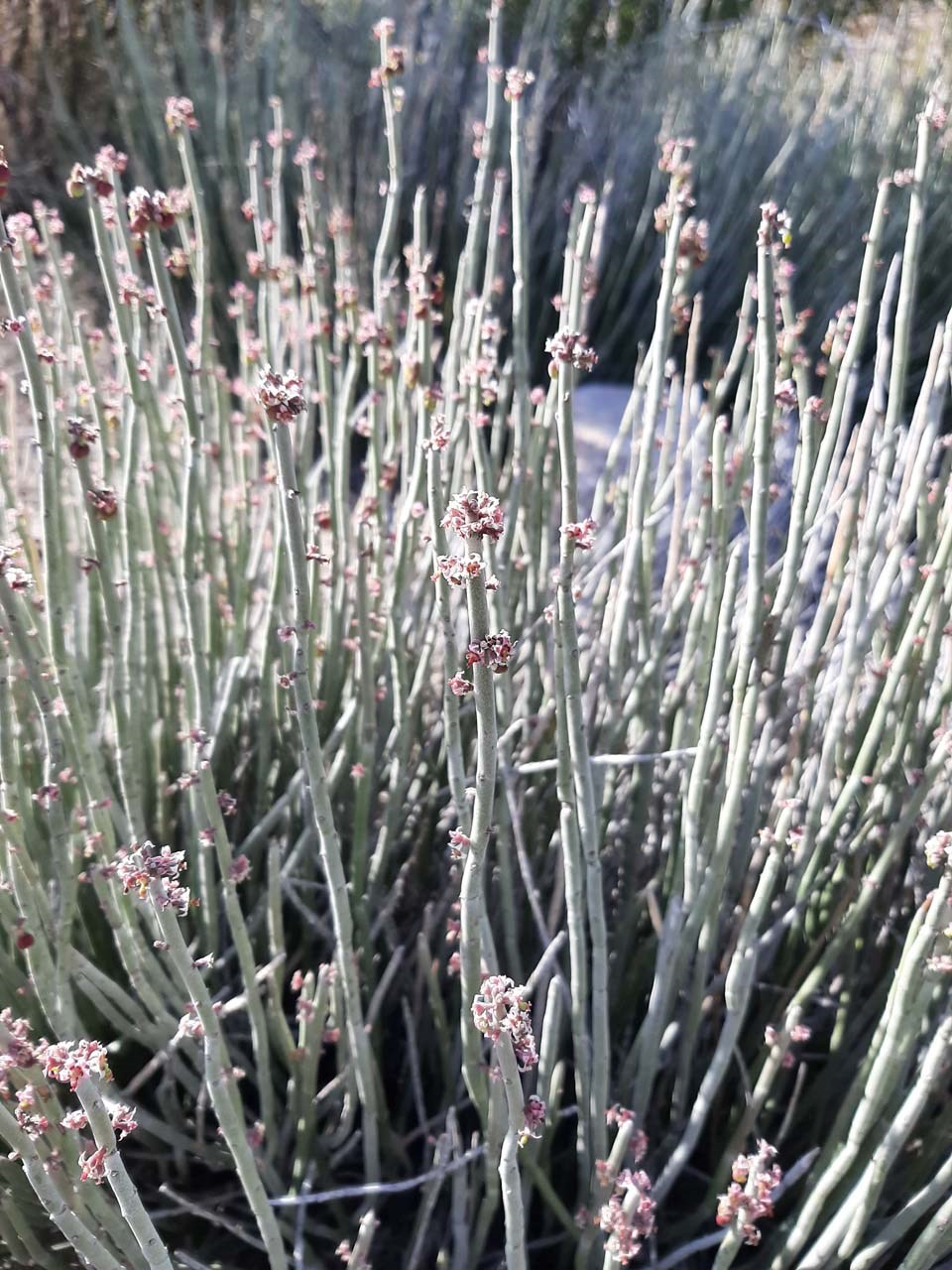
NPS/J. Swab
This is a candelilla plant. The plant can be used to make wax.
Read more: Glenn Springs
- Writing: Based on the photograph create a description of this plant. Use your sensory details. How would it feel to the touch? What smell do you think it would have? What would the bees flying around this plant sound like? Describe the colors you see.
- Science: What are the parts of this plant? Label them. With a drawing.
- Art: So many plants in the desert look interesting or odd. Create a depiction of this plant with an exaggeration on one feature.
- Math: Read the article and calculate what a worker in 1916 would make after a year of making wax. Assuming they worked five days a week and didn’t take a vacation. Bonus: Find something that you could buy today with that sum.
- History: Look up which event took place at Glenn Springs, where this plant was common. Describe it in your own words.
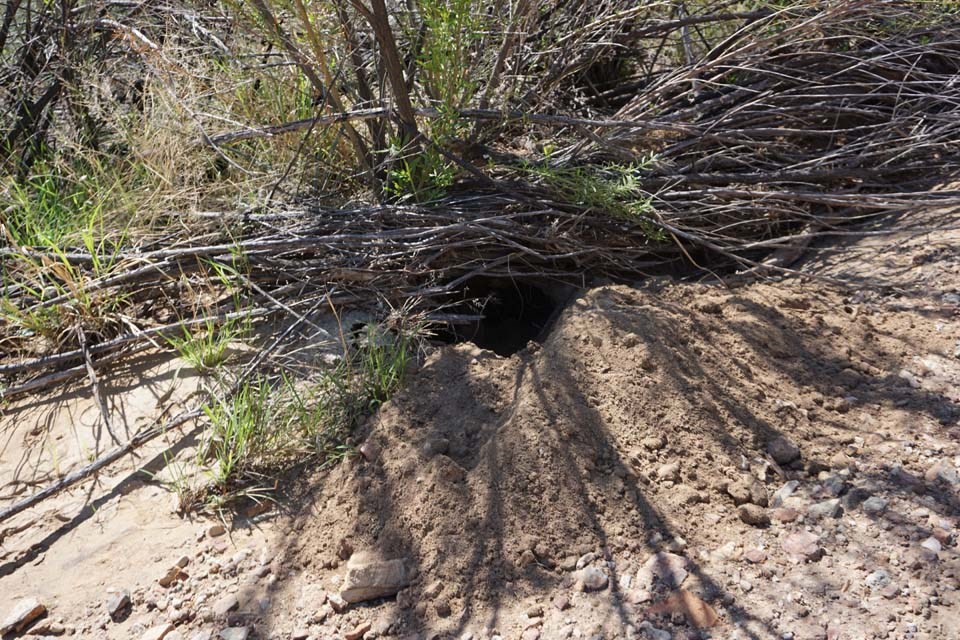
NPS/J. Swab
This hole was beside a wash in the desert. An animal, probably a badger, may have made it while digging for food.
Read more: Animals
- Writing: Create a story about foraging for food in the desert. It could be from a animal perspective or a human perspective.
- Science: What animals live in this desert environment? What adaptations do they have to help them live here more successfully?
- Art: Create a creature that could have dug this hole, mythical or real.
- Math: Read about animals at Big Bend. How many species are listed in the first paragraph if you add them all up?
- History: What can happen to wildlife that lives along the border of two countries?
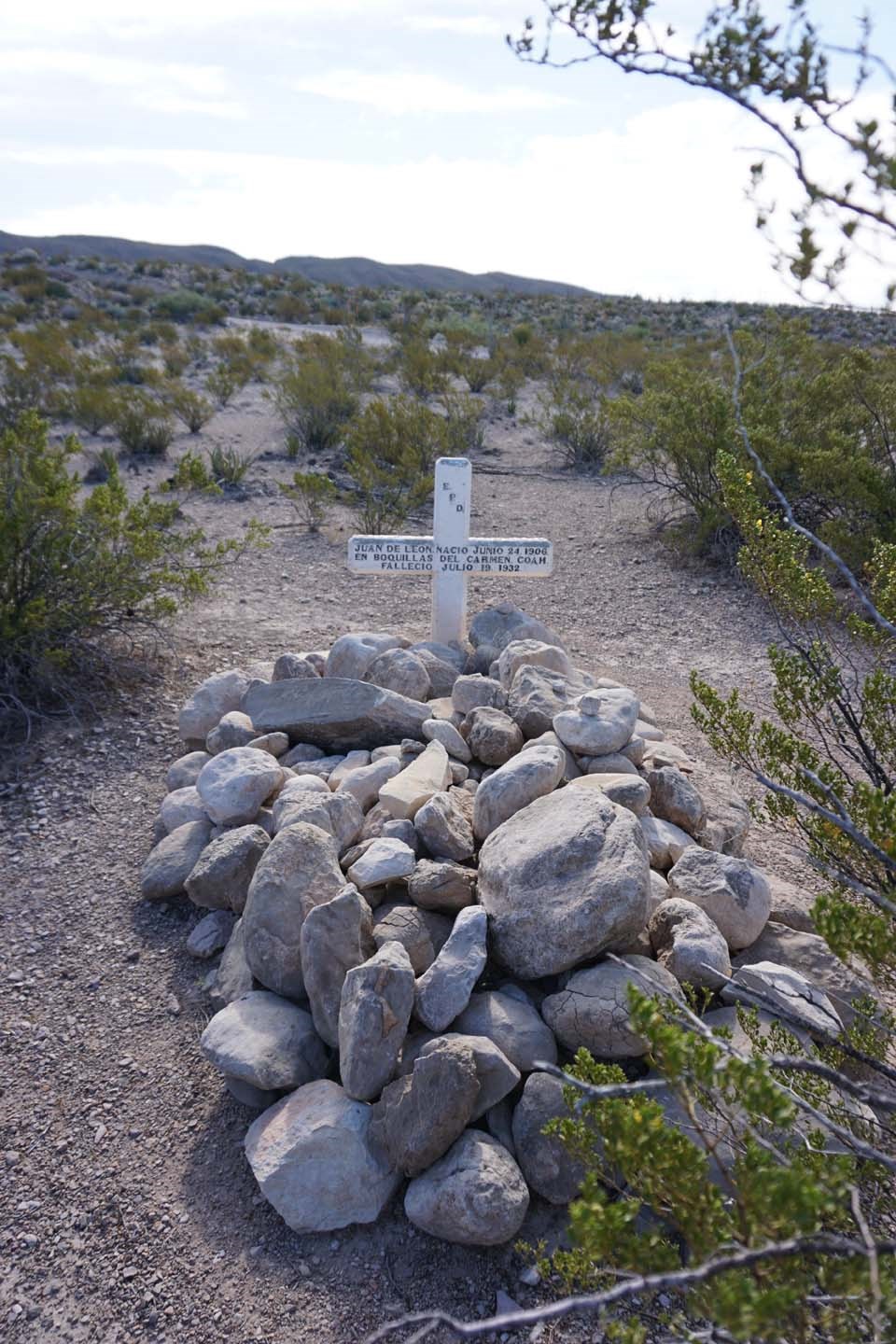
NPS/J. Swab
Before this became a National Park in 1944 many people lived in this part of Texas. In the park there are grave sites. Some are a mystery, like Juan de Leon's.
Read more: Juan de Leon
- Writing: Read about the unsolved case of Juan de Leon. Write a fictional story about Juan de Leon’s death.
- Science: Read story of Juan de Leon and explain why he was buried in place? What is decomposition?
- Art: Create a depiction of this event.
- History: Think about the story of Juan de Leon. Describe from it what we can learn about tension along the border in those years. Use your own knowledge or research in history in your description.
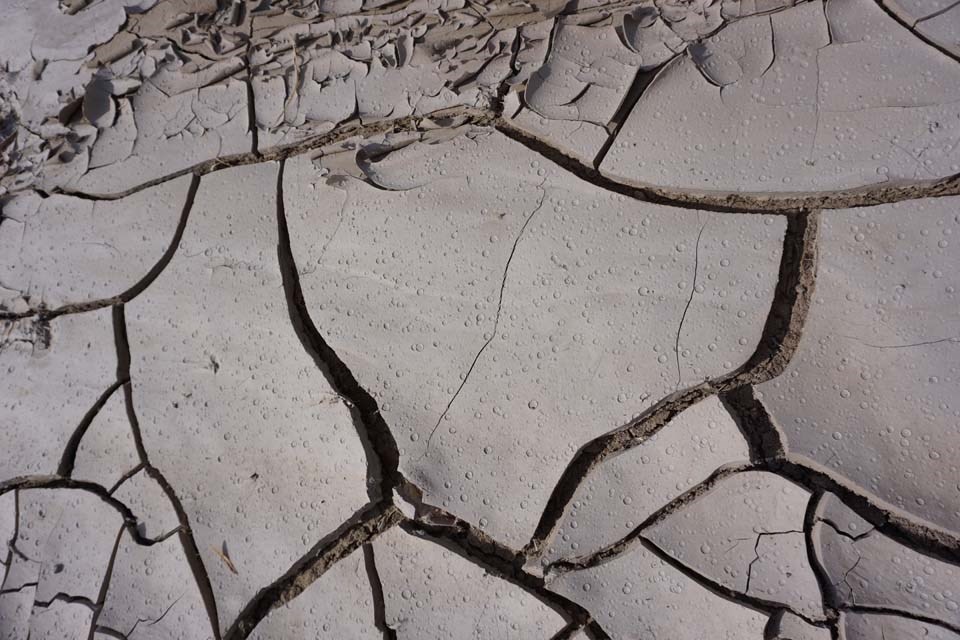
NPS/J. Swab
In this photo you can see mud that has dried up and gotten rained on. It was wet, dry, and slightly wet again.
- Writing: Write a story about searching for water in the desert and coming upon this spot.
- Science: What kind of rock will this mud turn into eventually? Read the article about weather at Big Bend. Based on Big Bend's temperature chart,what kind of ecosystem is the national park?
- Art: Mud cracks and mud make interesting textures. Explore these textures while creating a work of art.
- Math: Use the temperature chart for Big Bend to make a math word problem.
- History: People settle near water. They build in places where flooding would not sweep away their house, but near enough to a source of water for themselves and their livestock. Look at the map of Big Bend. Where would you put your house if you were an early pioneer?
